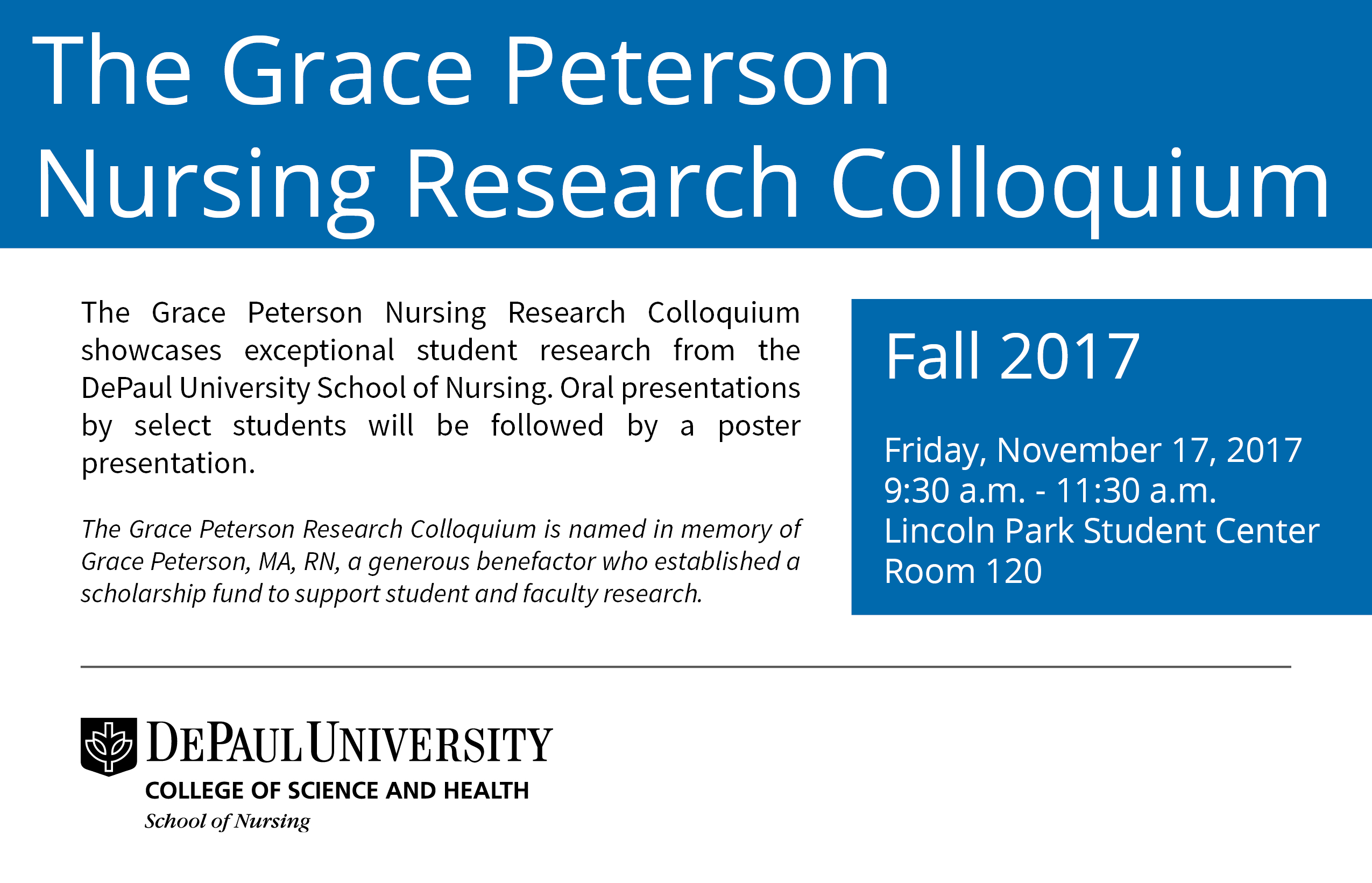Start Date
17-11-2017 10:00 AM
End Date
17-11-2017 11:30 AM
Abstract
Effectiveness of Stem Cell Treatment for
Burn Patients: An Integrative Literature Review
Axita Patel
Faculty Sponsor: Elizabeth Moxley
Abstract
Background: Current literature suggests that packing burn wounds with antimicrobial solutions and skin barrier creams are no longer considered to be effective in the patient’s recovery process. Stem cell therapy has been introduced as an alternative treatment strategy that aims to yield reliable and improved patient outcomes.
Objectives: To explore what research has been conducted regarding stem cell therapy as a treatment option for burn patients and to explore the benefits of using the suggested newly proposed method as opposed to concurrent treatment protocol.
Methods: This integrative literature review was conducted using keywords “stem cell therapy, burn wounds, full-thickness burns, and patient outcomes” to search literature content between 2006 and 2017.
Results: several benefits from adapting to stem cell therapy have been identified to propel positive outcomes in the reviewed literature findings. These outcomes include cost efficiency, quicker healing and recovery time, and a more positive perception of body image.
Conclusions: The study found that the significance of introducing stem cell therapy as an alternative method for treating burn patients is perpetual. Considering these new advancements in the field of medicine, it can potentially alleviate caregiver burden by eliminating the need for several sterile procedures, thus improving patient care and decrease the risk of hospital-acquired infections.
Keywords: stem cell therapy, burn wounds, full-thickness burns, cost, patient outcomes
Included in
Stem Cell Therapy as an Effective Treatment Method for Traumatic Burn Injuries
Effectiveness of Stem Cell Treatment for
Burn Patients: An Integrative Literature Review
Axita Patel
Faculty Sponsor: Elizabeth Moxley
Abstract
Background: Current literature suggests that packing burn wounds with antimicrobial solutions and skin barrier creams are no longer considered to be effective in the patient’s recovery process. Stem cell therapy has been introduced as an alternative treatment strategy that aims to yield reliable and improved patient outcomes.
Objectives: To explore what research has been conducted regarding stem cell therapy as a treatment option for burn patients and to explore the benefits of using the suggested newly proposed method as opposed to concurrent treatment protocol.
Methods: This integrative literature review was conducted using keywords “stem cell therapy, burn wounds, full-thickness burns, and patient outcomes” to search literature content between 2006 and 2017.
Results: several benefits from adapting to stem cell therapy have been identified to propel positive outcomes in the reviewed literature findings. These outcomes include cost efficiency, quicker healing and recovery time, and a more positive perception of body image.
Conclusions: The study found that the significance of introducing stem cell therapy as an alternative method for treating burn patients is perpetual. Considering these new advancements in the field of medicine, it can potentially alleviate caregiver burden by eliminating the need for several sterile procedures, thus improving patient care and decrease the risk of hospital-acquired infections.
Keywords: stem cell therapy, burn wounds, full-thickness burns, cost, patient outcomes


